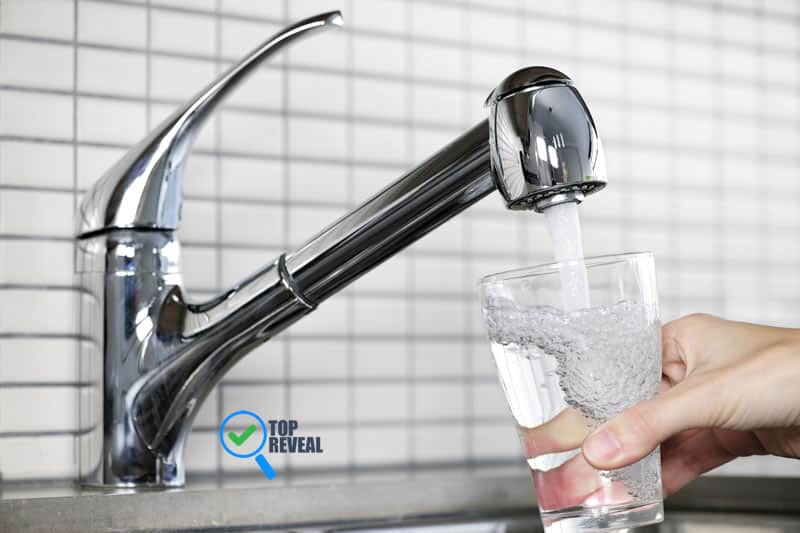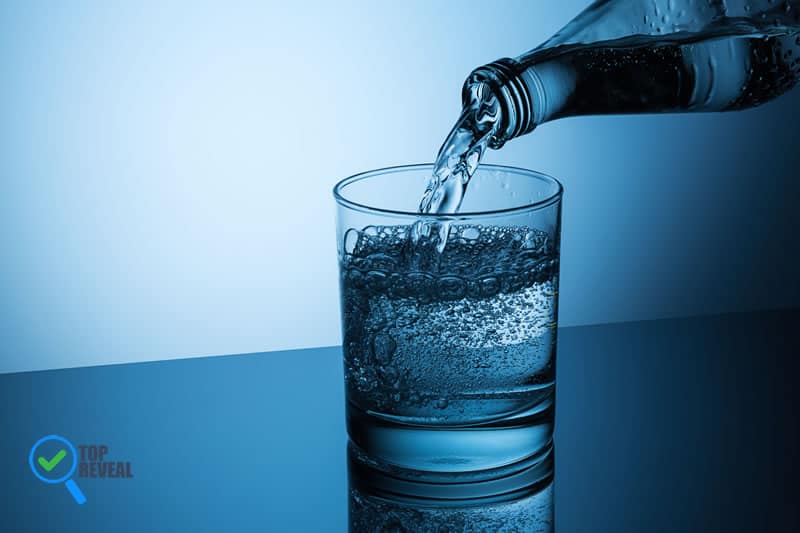Drinking water is necessary for life, and its quality is vital for humans’ health and well-being. At times, contaminants may leach into your water through pipes or soil elements, resulting in negative impacts. Hence, if you doubt the water in your house, you need to take a test.
It might take up time, effort, and money, but it’s worth doing. If you receive water from a government supply, they probably do the testing for you. However, a faulty plumbing system can still create contamination issues. Keep reading to gain more insight.
Easy Ways To Improve Your Home Water Quality
Contents
Even with less time, here are various things that you can do to ensure a steady supply of clean water at home.
Maintain the Plumbing System
If you live in an old house, it would be best to have a professional check your plumbing system. As pipes age, they rust and can even contaminate your water with lead. Maintaining your pipes in the right conditions helps eliminate the presence of such contaminants in your water.
Additionally, if you often leave your house for a more extended period, flush the pipes on return. As water sits in the lines, it may collect dust and other contaminants. Hence, let the pipes run for at least two minutes before use.
Use The Water Filtration Systems
Water filters will help eliminate most impurities and improve the taste. The better the filter, the more contaminants it removes, and you may want to try out Big Berkey Water Filters. You can choose to fix a whole house filter at the main water supply line. It cleans all the water entering your home, but the installation requires a professional approach.
Alternatively, you can opt for the point of entry filters. It suits you best, especially if you have good quality water that may occasionally contain some awful smell, odor, or taste. You install the filters on your cold water supply line or in your kitchen faucet. It takes a little time to install, and you can handle it provided that you have some basic knowledge of plumbing.
Moreover, you can consider the reverse osmosis system that filters out bacteria, pollutants, and other sediments using a membrane series. Besides, the filters leave behind oxygen and other minerals to give your water a pleasant taste. You install this system at the sink or faucet. The fitting may involve some complex processes better handled by a professional. The main drawback is that you need to replace the filters often.
Distillers eliminate all impurities from your water and may even remove oxygen and some minerals. It operates by heating the water into vapor and later condensing it to attain pure water. You can even connect the system without hiring a plumber.
Keep The Faucet Aerators Clean
Regularly clean the screens at the end of your tap. It’s the last part in contact with your water, which quickly accumulates a substantial amount of buildups that can affect water quality and taste. Just screw it out, clean it thoroughly, and then fix it back. Further, if heavily clogged, you can opt to replace the whole aerator or the screen.
Boil Your Water
If you suspect that your water contains pollutants, boiling will help eliminate those elements making it safe to drink. Just fill in a pot with water, put it on your stove at high heat, and boil till you begin to see bubbles coming up. Heat bit further for about a minute to kill all germs. Next, switch off the heat, let it cool and store it in a clean container.
Maintain Your Septic Tanks Appropriately
If not well-taken care of, the septic tanks may overflow, contaminating your water supply. Schedule an inspection with a professional at least thrice per year to check the tank conditions and make repairs where necessary.
Drain Your Water Heaters
Hot water easily dissolves sediments and numerous chemicals from the tank. When this happens, the contaminants can quickly get into your water. Hence, it would be best to avoid drinking or cooking from hot water pipes. Still, ensure that you drain the tank at least once yearly or twice if you use it often. It helps remove the metal sediments, bacteria, and other buildups from the tank.
Clear Your Storm Drains
Most stormwater runs into waterways and doesn’t connect to any treatment system. Therefore, you must keep the drains clear of any debris and contaminants to keep the drinking water supply clean.
Properly Dispose Of Waste
Make it your responsibility to discard any chemicals and household wastes in the right manner. That way, it keeps dangerous contaminants out of your water supply, improving the quality of water in your community.
Use Water Softeners
You can also buy some softeners to help dissolve minerals like calcium and magnesium. As a result, it protects your pipes from wearing off faster, reducing the volume of contaminants. Besides, soft water tastes better.
Chemical Treatments
Iodine or chlorine oxide tablets can kill bacteria and viruses present in your water. Use only a single pill for a quart of water. Let the tablet rest in the water for about 30 minutes to four hours to dissolve, creating some reactions that kill the contaminants.
However, avoid iodine if you have shellfish allergies. On the other hand, the tablets may not eliminate some potent contaminants like protozoa.
How To Test Home Water Quality
There are several ways in which you can determine the water quality in your house. Some help you detect even a minimal concentration of contaminants. They include;
Use Senses To Test For Water Pollutants
First, smell your tap water, and if it has a strong bleach odor, chances are it contains too much chlorine. Also, if it smells like rotten eggs, it’s an indication of hydrogen sulfide gas. Additionally, it may be due to the decay of organic matter and the presence of bacteria.
Further, check the color of your water through a transparent glass. If it has a brown appearance, then your pipes could be rusted. Besides, if it appears greenish or blue, it may contain some chemical compounds. If it looks foamy or muddy, it may be due to the presence of suspended matter.
Moreover, taste it to determine whether it has metallic or bleach taste indications of rust and chlorine, respectively. If the water taste feels so awful, spit it out.
Request For A Water Quality Report
In most states, the law requires that the municipality test the water quality often. Hence, if you source your water from a public supply, you can have them do the test for you. You can also contact your local water supplier for the report. They will let you know the type of contaminants in your water, if any, for free.
However, they test the water from a central point, and it can also get contaminated at your house. For the best results, it would be wise to have the water retested at your residence.
Use A Home Water Test Kit
A home testing kit gives you a definitive answer concerning your water status. It’s the most effective method that gives you instant results at an affordable price.
The kits will help assess whether your water contains lead, chlorine, pests, bacteria, or nitrates and determines the pH and hardness levels. The testing methods fall into three categories which are:
Using Test Strips
The method involves using a single strip that changes color to indicate the existence of a particular contaminant. You dip it in a container with your water sample, whirl it around and wait for a few minutes. You can even hold it in a water stream.
After a short period, it changes the color, and you need to compare it with a color chat to read the contamination level. It might not be as precise as the other methods, but it will give you accurate results once you follow the instructions correctly.
Color Disk
It works well for a wide range of the chemical test. You use it by adding a powder packet or a few drops of a liquid regent to your water sample, shake then place it in a viewing box. The box contains printed color gradients. Rotate the color disk till you find a color that matches your sample. It’s a little more expensive than the strips but guarantees more accurate results.
Hand-held Digital Instrument
You can also use calorimeters, digital meters, and photometers to test your water quality. The equipment uses batteries and visible calibrations. This option guarantees you the most accurate results but appears rather delicate and expensive than the others.
Conclusion
It’s essential to test the water quality at your home since it can significantly affect your loved ones’ health. The results obtained will help you determine the best way to approach your water issues. Note that your area of residence, water source, types, and age of pipes significantly affect water status.
Hopefully, the above guide will help you assess the quality of water in your house. You can also apply the outlined solutions to improve your water quality.

